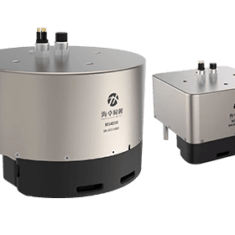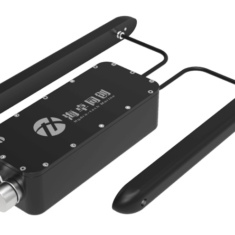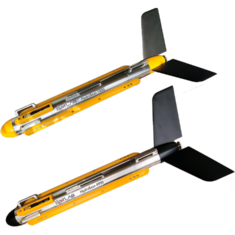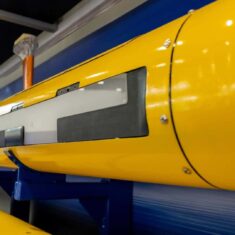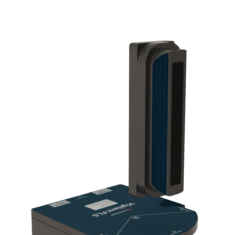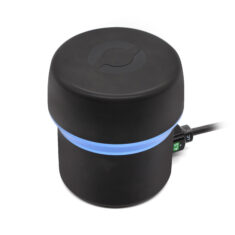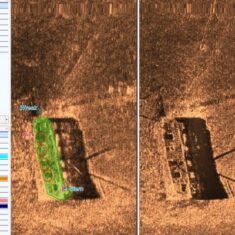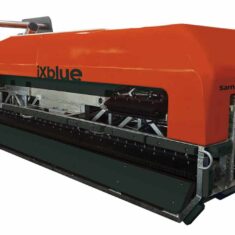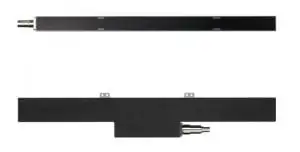
Solstice Side Scan Sonar by Sonardyne International
Acoustic hydrographic surveying can be performed with side scan, single beam or multibeam sonar. Sonar measurement works by transmitting an acoustic pulse and listening for its reflection by the sea floor or other features.
Side scan sonar measures and reports back information on the strength of reflected sonar pulses. Different materials have different acoustic absorption and reflection abilities, so it is possible to build up a picture of the composition of the measurement area.
Single-beam sonar and multibeam echo sounders both measure the time between the reflection of a pulse and the receiving of its echo, and use this time to work out a distance measurement. Single-beam echo sounders are simpler and less expensive, but due to only making one measurement at a time, are slower and provide less coverage. Multibeam echo sounders use multiple simultaneous pulses arranged in such a way that they map a contiguous area of the target zone.
Marine Transducers
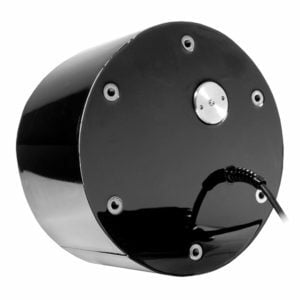
Deep Water Marine Transducer by Airmar
Marine transducers are essential components of acoustic and sonar systems such as those used by USVs, ROVs (remotely operated vehicles) and AUVs (autonomous underwater vehicles). They are devices that transform electrical energy into acoustic energy or vice versa. In other words they emit specified acoustic pulses, and also receive the echoes and translate them back into electrical signals that can be read by a computer.
Transducers are based around a piezoceramic element that expands and contracts at a specific frequency according to its construction and the electric voltage applied to it, thus emitting a sound wave. Higher frequencies, emitting more pulses per second, will provide higher-resolution images of the area being surveyed, while lower frequencies will give a less clear picture but reach greater depths.
Marine transducers can be mounted onto a USV or other survey vessel in a variety of way:
Through-hull mountings
– require drilling into the hull and allow the transducers to sit flush with the hull surface in order to minimise drag.
In-hull transducers
– installed inside the hull and require the signal to be transmitted through the bottom of the hull, these are less exposed to the marine environment and can be easily serviced or replaced while the vessel is in the water.
Transom-mounted transducers
– attached to the back of the vessel hull, which makes installation easy but can affect drag at higher speeds.









